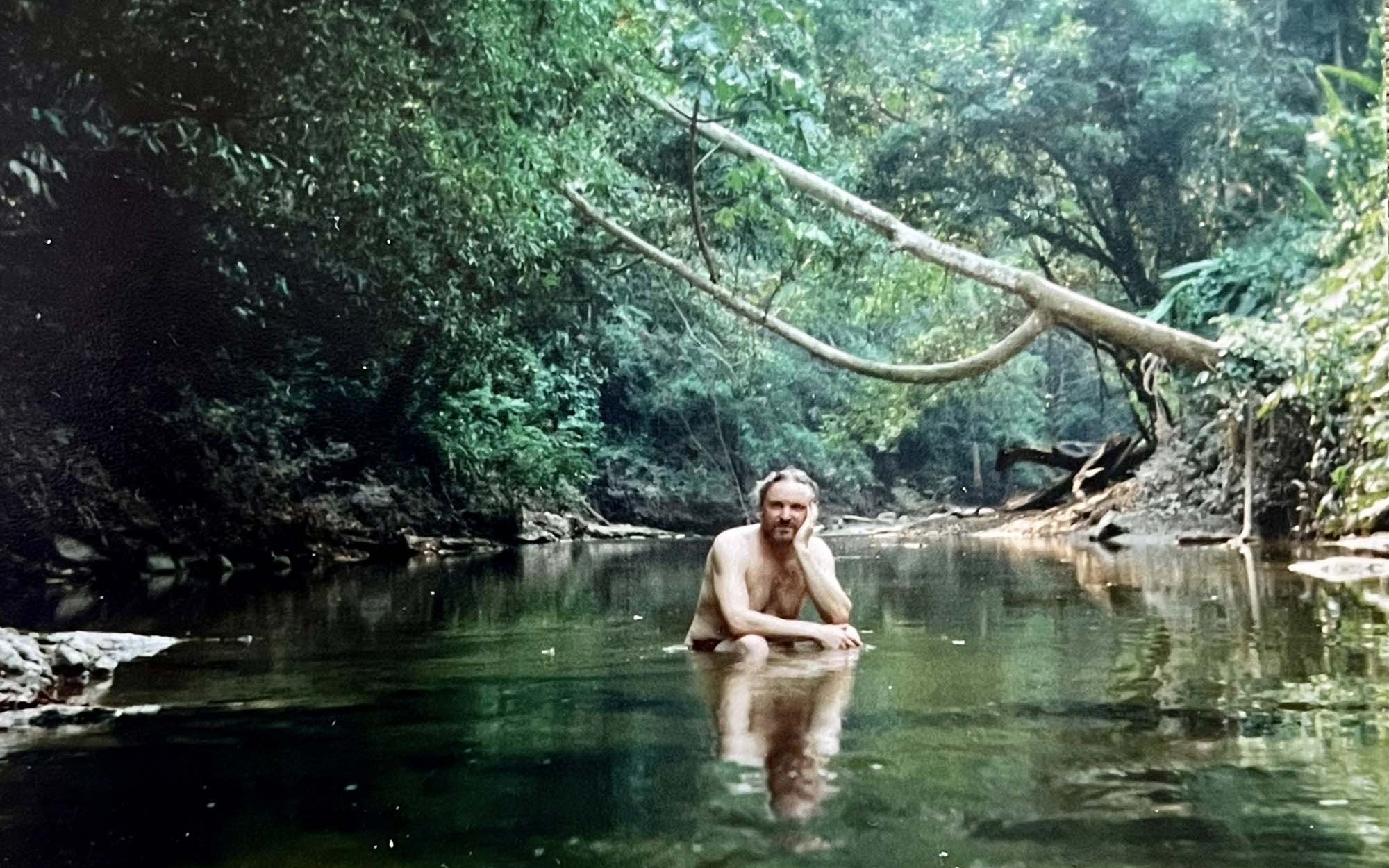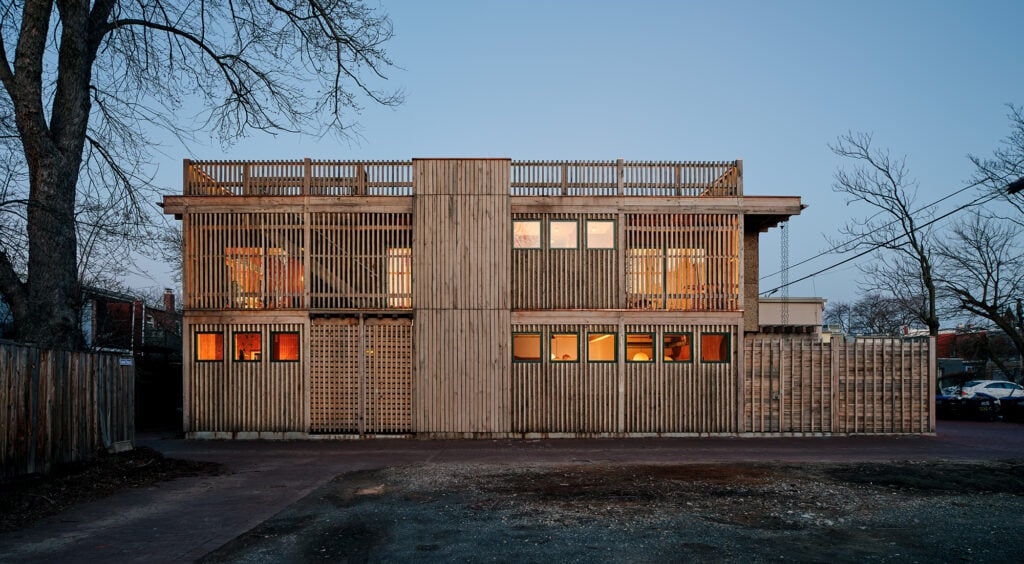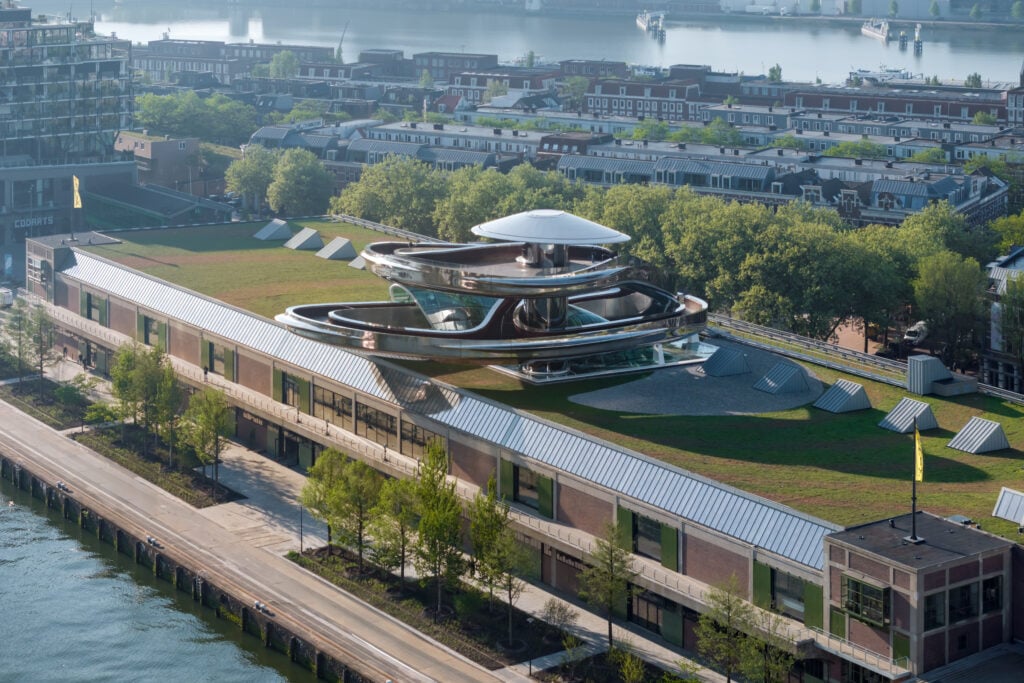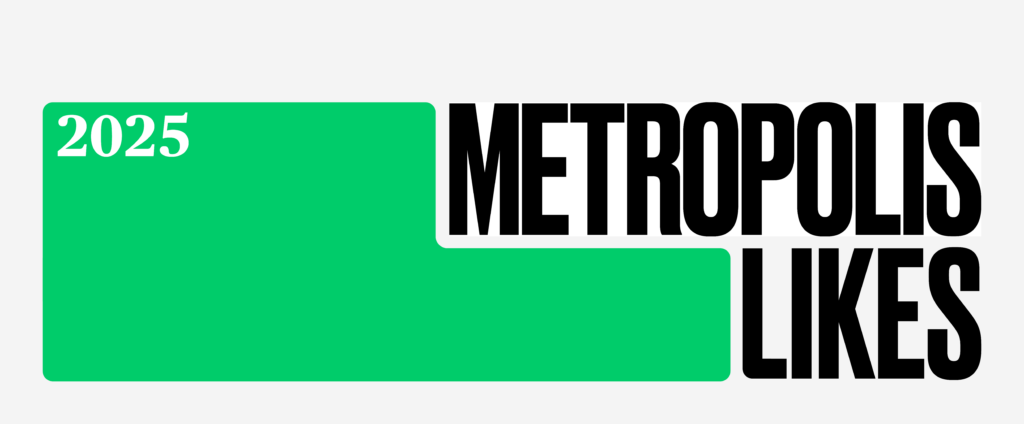
December 15, 2023
Marcos Lutyens and the Exploration of Consciousness Through Art
“I kind of needed to get my machete out and cut my own path somewhere.”
Marcos Lutyens
“It doesn’t feel real in a way. It feels dead,” says Lutyens, of our current ethos. “It’s like the person of the future will be limited to their eyes, fingers,
and maybe one ear, because you don’t need stereo anymore,” he jokes. Breaking free through a shift in consciousness is something Lutyens knows a lot about. He is the great nephew of one of history’s most famed architects, Edwin Lutyens, who designed, among other monuments, Rashtrapathi Bhavan, the presidential residence of India, as well as Delhi’s India Gate and other iconic memorials, not to mention fabled estates for Victorian Era British aristocracy.
“I kind of needed to get my machete out and cut my own path somewhere,” says Lutyens.

The Path to Marcos Lutyens’s Artistic Approach
Lutyens began his journey on the expected track, growing up in London and enrolled at boarding schools (including Eton) since the age of six. But that shifted when he decided to eschew what he considered the “indoctrination” of art school to create his own secondary education. That found him spending endless hours in museums, not to mention living for a year with a Huaorani tribe in Amazonian Ecuador, studying with shamans; a mystical, transformative experience that helped launched his explorations of consciousness and boundary breaking.
“I suppose that’s part of this journey, to find other realities, and to live in other places, so you can explore one’s own cosmology,” Lutyens says. His artistic approach was largely guided by the shaman’s holistic role, bridging many of the specialties we have divided, in particular healing, spirituality, and art. “The artist’s role can be connecting the trenches we’ve built up, in our society; in ourselves,” he says.
After hopping around some more, Lutyens wound up in California in 1994, helping his friend in Topanga work on what he calls a “shamanic cult movie.” In the intervening years his practice has crossed into myriad disciplines and surprising collaborations. His specialties include (among others) painting, graphics, sculpture, set design, and architecture, as well as hypnosis and performance art, and he has worked with neuroscientists, psychotherapists, hypnotherapists, and even marine biologists.
Collaboration and the Exploration of the Mind
Some of his most recent creations, which he calls olfactory haptic therapeutic structures, are a series of objects intended to—like much of his work—trigger the brain’s neuroplasticity, or ability to build new pathways or reconnect dormant ones; often as a healing tool. The resin-clad objects are imbedded with varying textures, symbols, colors, and even scents. Along with therapist Elizabeth Fraines in Los Angeles and neuroscientists and therapists at the University of Gottingen in Germany, Lutyens is attempting to employ the objects to help open pathways whose blockage is impeding patients’ well-being. Stroke victims might get in touch with lost senses. Autism patients might improve their ability to communicate and recognize faces or quiet overwhelming sensations. Lutyens says the researchers don’t have clinical data yet, but have seen “demonstrable feedback” from patients, in terms of their focus, mood, and state of mind.

On another table in his studio are colorful, evocative drawings charting his experiences of multiple Ayahuasca ceremonies in Peru. These and others were on display at the Armory show this fall, capturing in real time how psychedelic substances can unlock and reveal our brain’s inner workings. As the voyage progresses, he depicts in pastel colors, interconnecting shapes, flow charts, and feverishly sketched characters the connection between brain and heart; deconstructs personal wounds, examines the process of tearing oneself down to change perspective, and explores synesthesia and the ability to, for instance, hear or smell images. Lutyens’ exploration of group consciousness has likewise manifested in his many experiments with hypnosis. At dOCUMENTA (13) in Kassel, Germany he built a cabin for hypnosis ceremonies whose main space was mirrored—by an addition built upside down into the ground. This shift in consciousness, he says, helped prime visitors to suspend their preconceived notions about reality. Lutyens says he hypnotized about 7,000 people during the fair, performing 340 hypnosis sessions over a hundred days.

Art for Healing the Self and Community
Outside of charting new neural and psychological pathways and collaborating outside of the norm, another thread for the work, says Lutyens, is healing at all scales and different levels of interaction. “Maybe being an artist isn’t primarily about being a production machine, but more to do with radical transformation of the self and the community,” he notes.
In 2021 he created the Orange County Rose River Memorial, a sea of handmade felt roses adorning the entranceway of the Orange County Museum of Art representing those who died from COVID-19 in the county. A future World COVID Memorial was displayed this fall at the United Nations, presenting—via augmented reality developed with digital artist and educator Tyler Calkin-Low—thousands of digital roses, each representing someone who died from the disease. Visitors can click on each rose to discover more about the person.

Lutyens has even learned to embrace his family history. During the pandemic he helped found the Lutyens Trust America, which elevates and nurtures the name and work of his great uncle in the U.S. Lutyens points out that while his descendant’s work had a classicist element he was, for his time, a radical, willing to shift common practices to adhere to local context or to adapt to new technologies. He also “had a bizarrely complex understanding of spatial relationships. He could decipher them immediately. He was hypersensitive to small nuances related to angles and proportions.” In other words, he could get in touch with myriad tools and insights that the digital world, or other impediments, have since robbed us of. It’s something his nephew is helping many do once again.
Would you like to comment on this article? Send your thoughts to: [email protected]
Latest
Profiles
BLDUS Brings a ‘Farm-to-Shelter’ Approach to American Design
The Washington D.C.–based firm BLDUS is imagining a new American vernacular through natural materials and thoughtful placemaking.
Projects
MAD Architects’ FENIX is the World’s First Art Museum Dedicated to Migration
Located in Rotterdam, FENIX is also the Beijing-based firm’s first European museum project.
Products
Discover the Winners of the METROPOLISLikes 2025 Awards
This year’s product releases at NeoCon and Design Days signal a transformation in interior design.





